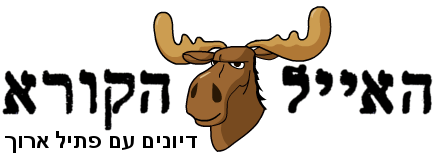דוגמא היסטורית לקרטל מתפורר מתוך:
http://www.perseus.tufts.edu/cgi-bin/ptext?doc=Perse...6.20. VI. The Athenian Population in the Dark Age Unlike most other important sites inhabited in the Mycenaean period, Athens had apparently not suffered any catastrophic destruction at the end of the Mycenaean period. Nevertheless, it is difficult to believe that Athens wholly escaped the troubles of this period, and its population shrank in the early Dark Age. By around 850 B.C., however, archaeological evidence such as the model granary from a woman's burial mentioned elsewhere in the Overview shows that the Athenian agricultural economy was reviving. When the population of Attica apparently expanded at a phenomenal rate during the century from about 800 to 700 B.C., the free peasants constituted the fastest-growing segment of the population as economic conditions improved in the early Archaic Age. These small agricultural producers apparently began to insist on having a say in making Athenian policies because they felt justice demanded at least a limited form of political equality. Some of these modest land owners became wealthy enough afford to afford hoplite armor, and these men probably made strong demands on the aristocrats who had previously ruled Athens as what amounted to a relatively broad oligarchy. Rivalries among the aristocrats for status and material wealth prevented them from presenting a united front, and they had to respond to these pressures to insure the allegiance of the hoplites, on whom depended Athenian military strength. ומה הנקודה? הופס, הם חזרו ("האריסטוקרטים"). סבורני שבניגוד להנחה הליברלית, הם תמיד יחזרו. זה עניין שככל הנראה נובע מטבע האדם. אם חושבים על פרט כמכונה לשכפול גנים, ברור שעדיף לו להתחרות ולא להתחלק. מצד שני, אם חושבים שבני אדם נשכרים יותר כאשר הם משתפים פעולה, צריך למצוא שיטה שתאפשר להם לשתף פעולה. היד הנעלמה מתירה לטבע האדם קצר הזכרון לשטות בעצמו שוב ושוב.
|















 RSS מאמרים |
כתבו למערכת |
אודות האתר |
טרם התעדכנת |
ארכיון |
חיפוש |
עזרה |
תנאי שימוש והצהרת נגישות
RSS מאמרים |
כתבו למערכת |
אודות האתר |
טרם התעדכנת |
ארכיון |
חיפוש |
עזרה |
תנאי שימוש והצהרת נגישות
